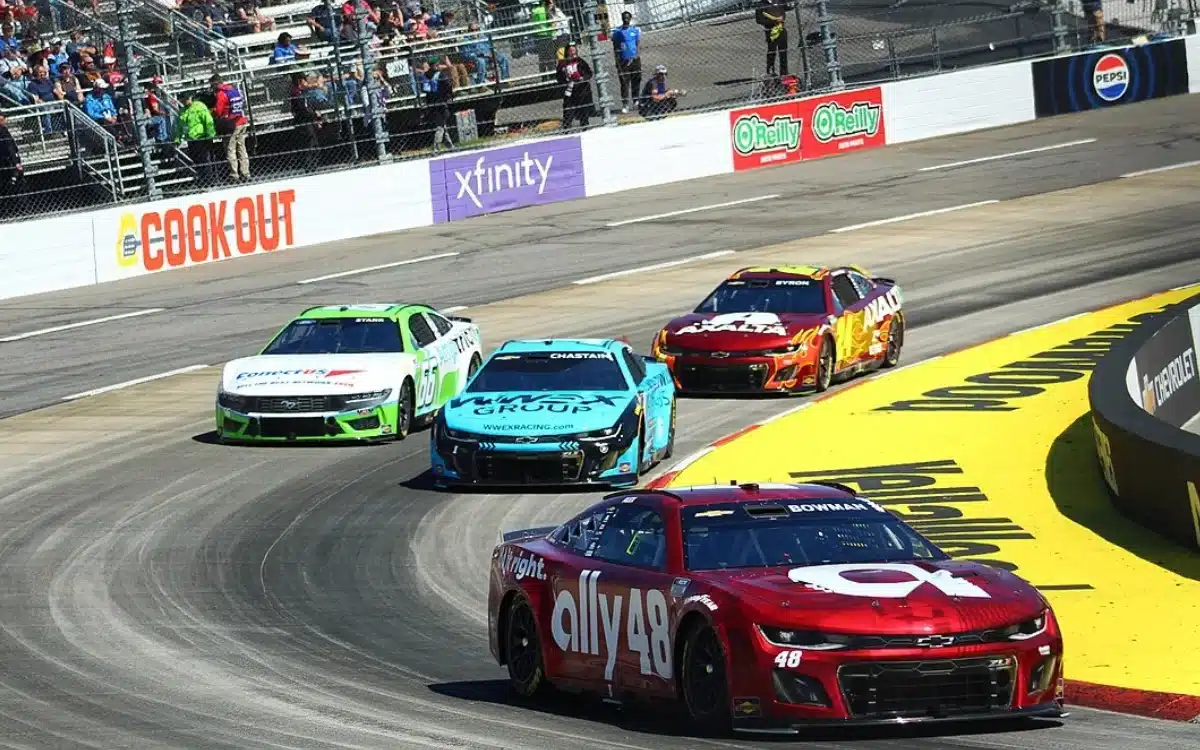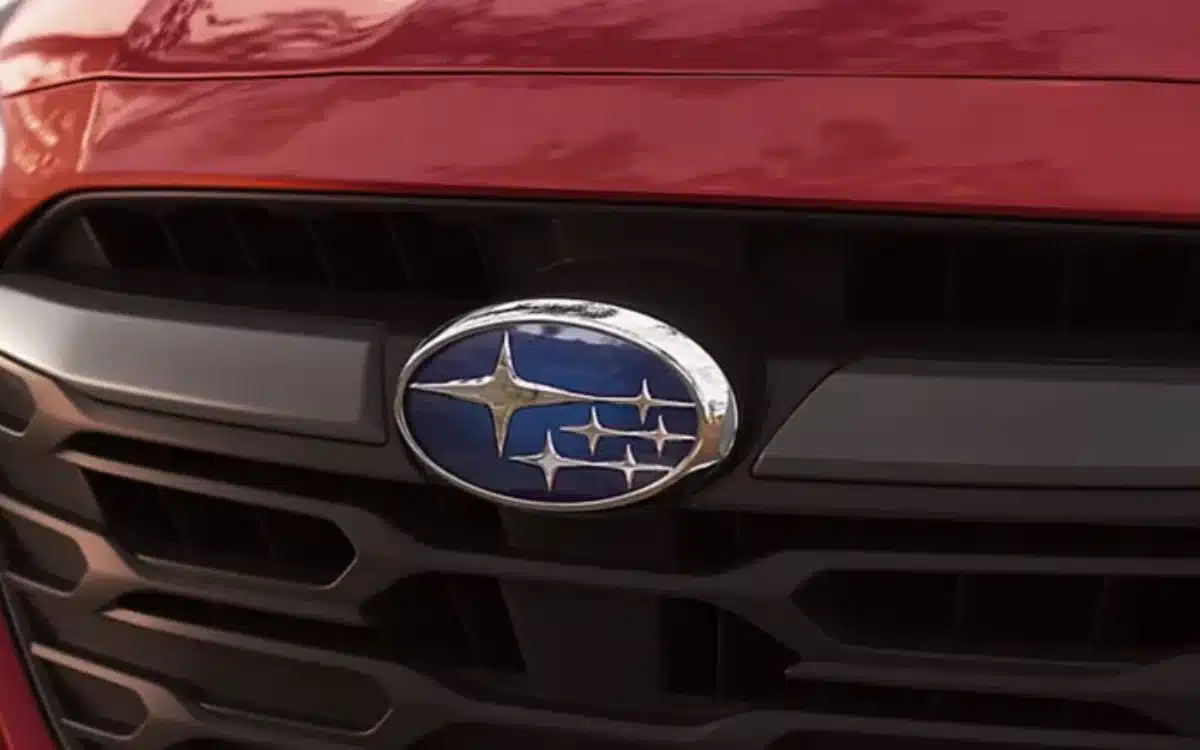What the US can learn from the world’s ‘most EV-friendly’ country
The US could learn a thing or two from this country The post What the US can learn from the world’s ‘most EV-friendly’ country appeared first on Supercar Blondie.

EV-friendly transport systems already exist, built around widespread EV charging access and national sustainability commitments.
The US continues to expand its electric vehicle market, but its progress remains inconsistent across states.
Charging infrastructure, affordability, and regulations all vary depending on location.
There is one country that has set a clear benchmark, and its results could help shape how the US approaches its own transition.
VISIT SBX CARS – View live supercar auctions powered by Supercar Blondie
Norway offers an EV-friendly working model for the US
That country is Norway. It is widely considered the most EV-friendly nation in the world, with nearly 90 percent of new car sales in 2024 being fully electric, according to Reuters.
Norway’s transformation was not driven by a single mandate.
It came from a combination of long-term investment in EV charging, national incentives, and sustainability targets embedded into policy.
For the US, this offers a clear case study in how coordinated systems can drive rapid adoption.

Norway’s EV charging network is consistent, accessible, and publicly supported.
Fast chargers are available along motorways, while slower public stations are placed in residential and commercial areas.
Local governments and private operators work together to maintain coverage across the country.
The US, by contrast, has wide gaps in EV charging access, especially outside major cities.
Norway’s approach shows that nationwide availability builds confidence and makes daily use possible.
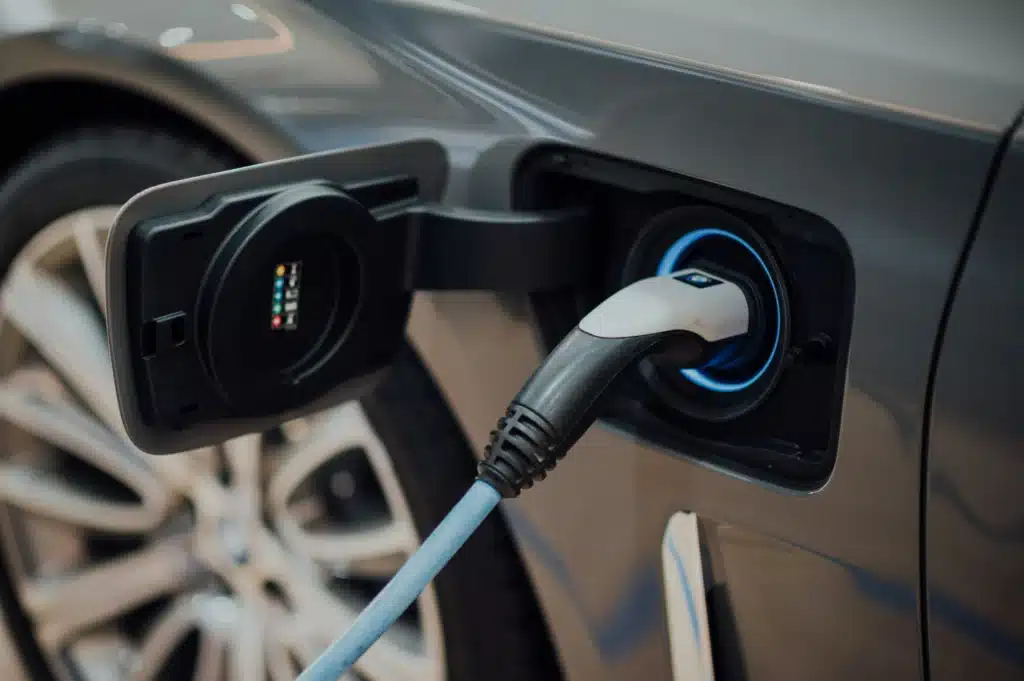
Financial incentives also play a role. In Norway, electric vehicles are exempt from VAT and import taxes.
Drivers also benefit from toll reductions, parking discounts, and use of priority lanes.
These policies have been in place for more than a decade and apply nationwide.
In the US, incentives vary by state, expire quickly, or depend on vehicle type and manufacturer.
Norway’s stable framework has helped make electric cars a normal part of daily life rather than a niche option.
Sustainability targets shape long-term results
Norway’s policies are tied directly to its sustainability goals. By law, all new cars sold from 2025 must be zero-emission.
That mandate applies not only to personal vehicles, but also to commercial fleets.
In 2024, over 30 percent of vans and more than 12 percent of trucks sold were electric.
In the US, electric heavy-duty vehicles make up only a small fraction of the market, in part due to infrastructure gaps and cost barriers.
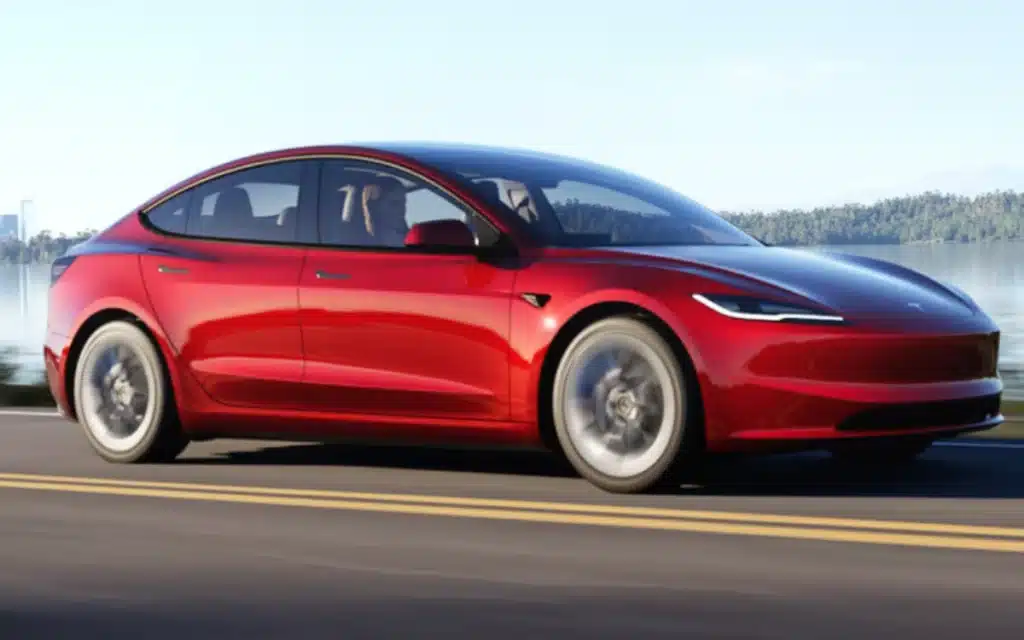
Norway shows how clear targets, backed by long-term planning, can shift entire segments.
Cities in Norway also support low-emissions mobility beyond cars.
Regulations for e-scooters and bicycles are strict, with separate lanes and dedicated parking spaces.
This reduces traffic congestion and supports cleaner travel options for people who do not own cars.
US cities often lack this level of integration, but the model demonstrates how transport planning can work across multiple modes while reducing emissions overall.
Norway’s vehicle market is also more open.
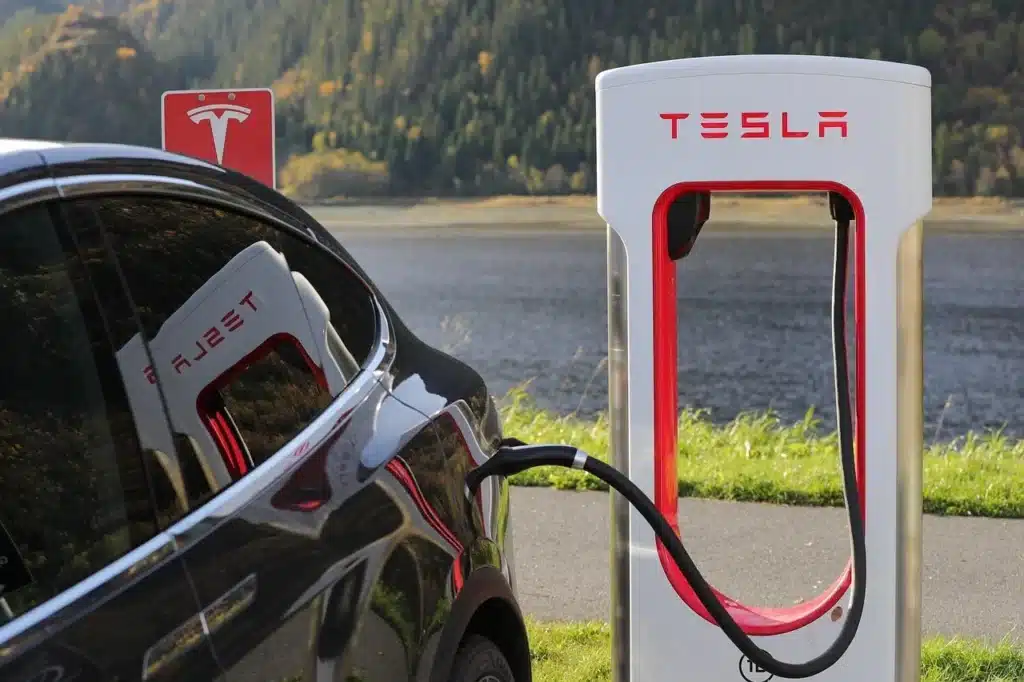
While Tesla remains the most popular brand, alternatives like Volkswagen’s ID. Buzz and Chinese manufacturers such as BYD and NIO are widely available.
These brands offer more affordable EVs, giving buyers more entry points.
In the US, trade policies and tariffs limit this kind of access. As a result, consumers face higher prices and fewer choices, especially in the entry-level EV segment.
The US is unlikely to follow Norway exactly, but the core principles are transferable.
EV-friendly outcomes require steady investment, clear sustainability goals, and a charging network that works for everyone.
Rather than short-term fixes or scattered state policies, Norway’s experience shows how long-term thinking leads to real results.The post What the US can learn from the world’s ‘most EV-friendly’ country appeared first on Supercar Blondie.
What's Your Reaction?













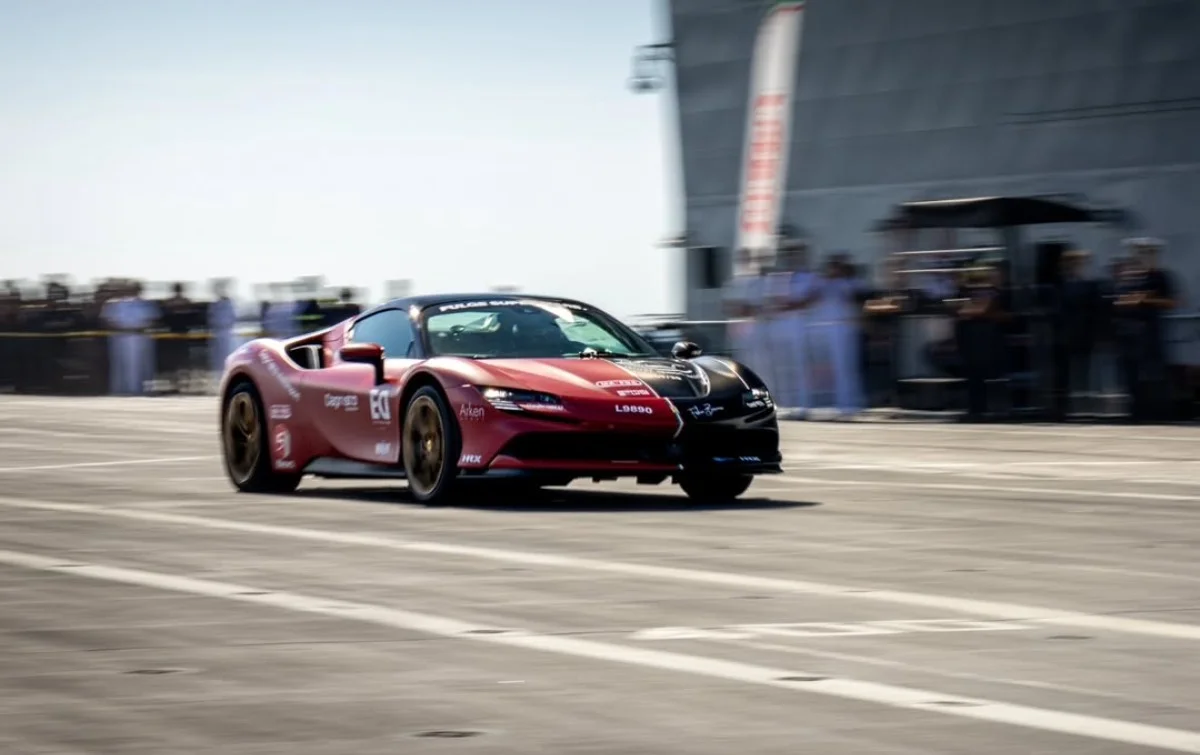


.png?#)



















